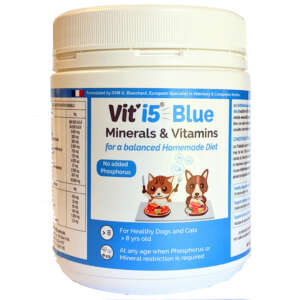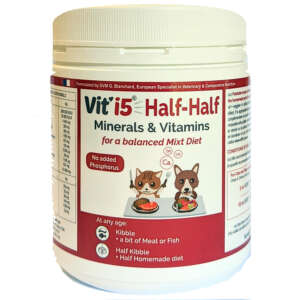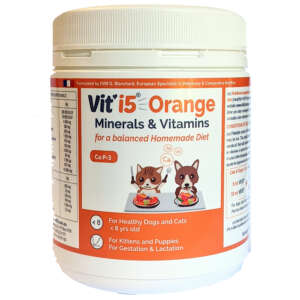FAQ

Frequently Asked Questions about Vit’i5
This page features the answers to the most frequently asked questions, about Vit’i5 products, composition and use.
Vit’i5 FAQ
Recipes
Canola or rapeseed oil?
What oil shall I use in a homemade diet ?
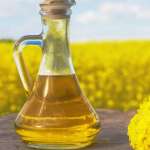 To bring essential fatty acids to the diet of dogs and cats, the best is to add a vegetal oil such as canola oil or soybean oil.
To bring essential fatty acids to the diet of dogs and cats, the best is to add a vegetal oil such as canola oil or soybean oil.
They are naturally rich in linoleic acid (omega 6) and alpha-linolenic acid (omega 3) with an optimal omega 6 to omega 3 ratio (between 2 and 5).
Preservation
As omega 6 and omega 3 fatty acids are polyunsaturated, they are sensitive to oxidation. In others words, to UV light and heat. Do not heat them, in order to preserve their quality, and interest. If oxidation occurs, the fatty acids are no longer interesting. Your pet could refuse both the oil and the entire meal. Furthermore, their consumption may lead to digestive trouble.
To best preserve canola or soybean oil, keep it in the fridge. Stored at 4°C in the fridge, these oils will not freeze, because of the high content in polyunsaturated fatty acids.
Canola or rapeseed: what is the difference?
 The oil comes from the seed of rape Brassica napus.
The oil comes from the seed of rape Brassica napus.
Early varieties of rape used to contain undesirable substances (erucic acid, and glycosinolates) and were not suitable for humans and animal nutrition.
Canola is a vatiety of rape, selected because it is poor in erucic acid and glucosinolates. Canola seed was created in Canada in the early 70s as a cross from rapeseed cultivars of B. napus and B. rapa . The name Canola stands for Can-( for Canada) and Ola (for Oil Low in erucic Acid). The name, at first a tradename, is now generic for edible oil from rape seed in English.
In French, the rape plant is called colza, and edible colza is called 00 (very low in erucic acid, and glycosinolates).
More information:
https://www.foodstandards.gov.au/consumer/generalissues/canola/Pages/default.aspx
https://en.wikipedia.org/wiki/Canola_oil
All our recipes include the right amount of colza or rapessed oil.
What is meat? What is fish?
What is meat in a home made diet?
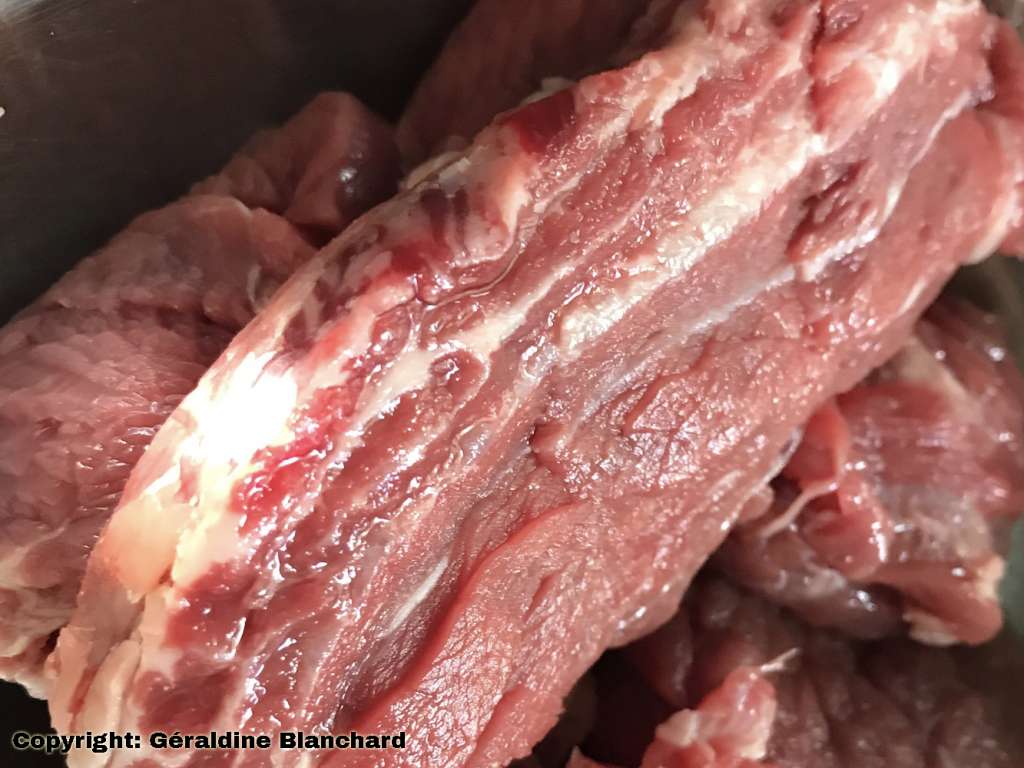 Meat = muscle meat, with no bone, no carbs added meat balls, no sausage roll
Meat = muscle meat, with no bone, no carbs added meat balls, no sausage roll
Fish = fish filet, boneless headless skinless fish
Check our recipes for a balanced homemade diet.
Vit'i5 composition
Vit’i5 composition: natural
Is Vit’i5 natural?
The definition of “natural” is ambiguous, and so is the answer!
In Vit’i5 composition, there is:
- Brewer’s yeast (The latin name of yeast is in fact Saccharomyces cerevesiae). The yeast is obtained after fermentation of grains for beer! But don’t worry, there is no alcohol in Vit’i5!
- Vitamins: to warranty the amount of each vitamin in a spoon of Vit’i5, vitamins listed on the label are all added.
 Vitamins are essential to maintain health but some of them (vitamins A and D) can also be toxic if consumed in excess (so yes, there is a range of dosage for Vit’i5).
Vitamins are essential to maintain health but some of them (vitamins A and D) can also be toxic if consumed in excess (so yes, there is a range of dosage for Vit’i5).
Additionally, for some vitamins, the form that dogs and cats can use is specific. Thus, for vitamin A, cats and dogs can use retinol (the animal form). Also, no beta-carotene (the plant form, also called pro-vitamin A in human nutrition).
For vitamin D, they use D3 (the animal form) but poorly D2 (plant).
Vit’i5 includes vitamins mostly made by bacteria or from synthesis, in controlled facilities, following the regulation. - There are also trace elements (zinc, copper, selenium, iodine, iron) and minerals (calcium, phosphorus).
Minerals, vitamins, trace elements cannot be organic, so Vit’i5 may be added to balance the diet even if you want to feed your pets with organic ingredients.
In Vit’i5 composition, there is NO:
 – addition of dye, preservative, aroma, palatability agent, animal protein hydrolysates, animal protein…
– addition of dye, preservative, aroma, palatability agent, animal protein hydrolysates, animal protein…
– animal raw materials
– salt or sugar
Therefore, the largest number of cats and dogs tolerate it well!
Vitamins in Vit i5
Do vitamins in Vit i5 come from yeast ?
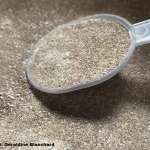
No, the vitamins in vit i5 , as declared on the label, are added, the brewer’s yeast is the naturally palatable support of Vit’i5.
Vit’i5 contains vitamins of group B, which come as a bonus in addition to the indicated vitamins (there is no possible excess of vitamin Bs).
All our recipes are perfectly balanced in vitamins with Vit’i5, and suited to your pet’s needs.
Vit'i5 tolerance
Vit’i5 acceptance
Getting your pet used to Vit’i5 taste
My pet has difficulties eating the diet with the Vit’i5 powder, while eating well without : what can I do ?

If you are used to giving a homemade diet or meat without Vit’i5, adding it changes the taste a bit …
The way to prepare the diet counts: first mix Canola oil and Vit’i5 powder, then add the vegetables and mix well.
Then add the meat and mix well.
Then the starch cooked the same day mix well.
Place the mixture in the fridge for a few hours before distributing the meal.
>>> This way, the mixture is generally well accepted.
Vit’i5 acceptance tip
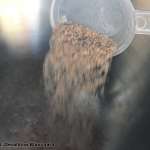
It is good to incorporate any new ingredient -consider Vit’i5 as one- gradually to the ration. A very small amount first, until this new ingredient is well accepted. Then increase the quantity, again until good acceptance … So on, until distributing the appropriate dose.
Color or Odor change
The product’s smell has changed since the last order
The color has changed slightly since the previous purchase of the same product …
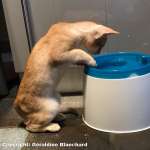
=> There is no aroma or coloring added to Vit’i5. In addition to all the minerals, vitamins and trace elements, only the brewer’s yeast that supports Vit’i5 is added. It is generally appreciated by dogs and cats.
Despite all our efforts to have the yeast beer as constant as possible, it remains a natural product, with a smell and color that vary slightly depending on the production batch.

